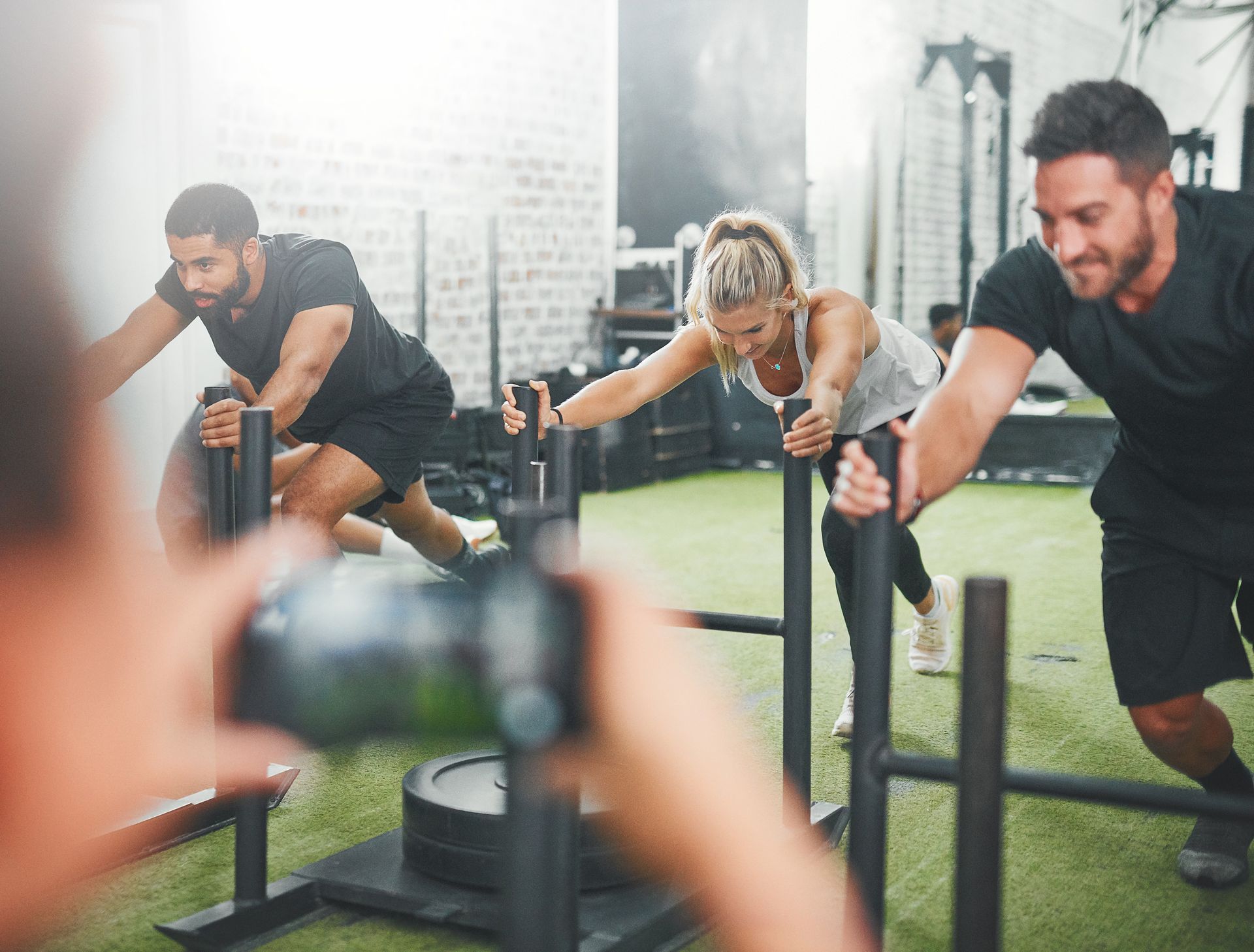Time Management for Student Athletes
Balancing Games, School, and Training

Student-athletes are no strangers to packed schedules. For high school baseball and softball players, the demands of school, practice, strength and conditioning, and games can feel overwhelming. Add to that the pursuit of scholarships, college recruitment, or even the dream of being drafted by a professional team, and it’s clear that managing time effectively is not just a skill—it’s a necessity.
Here’s how athletes and their parents can work together to strike the right balance, ensure peak performance, and prepare for success on and off the field.
1. Understand the Role of In-Season Training
One of the biggest misconceptions among high school athletes is that strength and conditioning stop during the season. In reality, training during the season is a cornerstone of athletic success at every level, especially in college.
College athletes follow structured in-season strength programs designed to maintain their physical performance, reduce injury risk, and prepare their bodies for the demands of intense schedules. High school athletes aiming for scholarships or draft opportunities should adopt a similar mindset. Consistency in strength and conditioning is a normal—and essential—part of an athlete’s routine.
Why It Matters:
Maintains strength and power built in the off-season.
Enhances recovery from games and practices.
Reduces the risk of overuse injuries.
A well-designed in-season program isn’t about lifting heavy every day; it’s about maintaining peak performance with strategic, focused sessions.
2. Create and Stick to a Schedule
With so many demands on their time, student-athletes must become masters of scheduling. Here’s how to structure the week:
Prioritize Academics: Schedule homework and study sessions around practices and games. This ensures that schoolwork remains a top priority.
Plan for Training: Integrate strength and conditioning sessions into the weekly calendar. These don’t have to be long or numerous but should be consistent.
Include Rest and Recovery: Adequate sleep and active recovery are critical for both academic and athletic performance.
Communicate with Coaches: Work with your team’s coaches to ensure your schedule aligns with their expectations and leaves room for academic success.
Pro Tip: Use tools like digital calendars or time-blocking apps to map out each day. Sharing the schedule with parents or guardians helps everyone stay on track.
3. Embrace Nutrition as a Time-Saving Ally
Fueling the body properly is as important as any other aspect of training. Parents can support student-athletes by preparing balanced meals and snacks ahead of time. High-protein snacks, whole grains, and plenty of fruits and vegetables should be staples.
Quick Tips for Busy Days:
Pack a lunch with nutrient-rich snacks like nuts, protein bars, and fruit.
Prepare meals in advance for busy game nights.
Stay hydrated throughout the day to maintain energy and focus.
4. Build Mental Resilience
The mental toll of balancing school, sports, and training is real. Student-athletes need strategies to handle stress and pressure:
Set Realistic Goals: Break down academic and athletic objectives into manageable tasks.
Practice Mindfulness: Techniques like deep breathing or meditation can help calm nerves before games or exams.
Lean on Support Systems: Encourage open communication with parents, teachers, and coaches.
5. Focus on Long-Term Goals
The competition for scholarships and draft spots has never been fiercer. To stand out, athletes must show not only talent but also dedication, discipline, and the ability to manage multiple responsibilities. College coaches value players who can thrive under pressure—both on the field and in the classroom.
By building effective time management habits now, student-athletes prepare themselves for the realities of college athletics, where the expectations are even higher. Remember, in college, training in-season is a given, academics are rigorous, and time management can make or break success.
For Parents: How to Help Your Athlete Thrive
Parents play a crucial role in supporting their student-athletes. Here are some ways you can help:
Encourage Balance: Help your child manage their schedule and ensure they’re not overloading themselves.
Provide Resources: Offer transportation, prepare meals, and create a quiet study space.
Foster Independence: Allow your athlete to take ownership of their responsibilities, stepping in only when necessary.
Celebrate Efforts: Acknowledge their hard work, not just the wins.
The PowerSource Approach to In-Season Training
At PowerSource Performance Fitness & Barbell Club, we are offering several approaches to In-season strength and conditioning: For eighth graders that will be staring High School in the Fall, we are running a program that meets twice a week in the evenings for 60-minute sessions. This is largely a continuation of their off-season strength and conditioning program to keep them on the path of strength gains. This will absolutely give these young athletes an edge on other incoming freshmen that are focusing solely on baseball specific skills.
For existing High School baseball and softball players, we are holding once a week 90-minute sessions that adhere to the collegiate mindset of maintaining strength while aiding injury prevention, recovery and monitoring nutrition through body composition analysis.
Conclusion
Balancing training, school, and games isn’t easy, but it’s part of what makes student-athletes so resilient and prepared for future challenges. By embracing in-season strength and conditioning, developing strong time management skills, and focusing on long-term goals, athletes can thrive both on and off the field. Let us help; book a tour of our facility and speak to a coach today.
More Recent Posts




